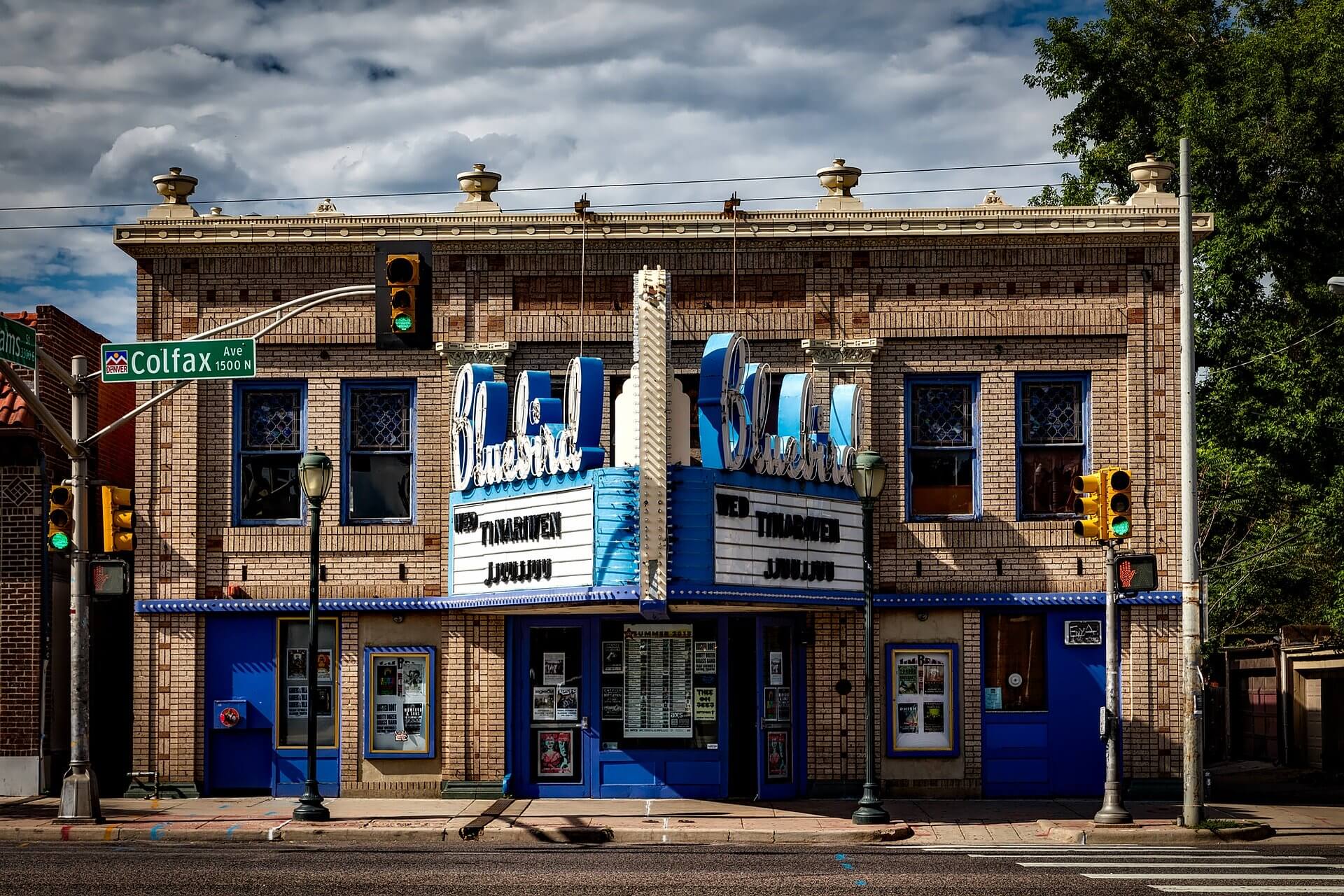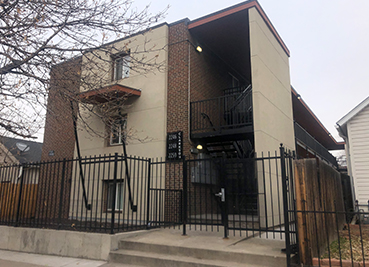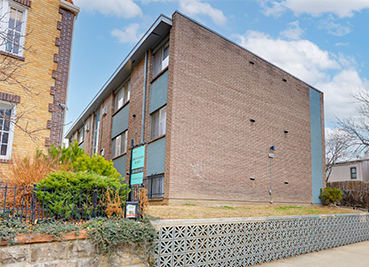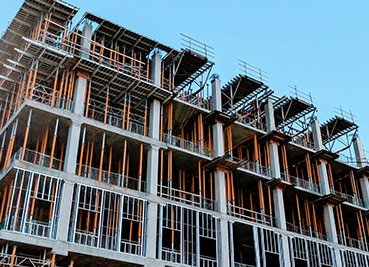Resolutions for Denver Neighborhoods in 2020
Denver is a composite of neighborhoods, small enclaves of citizens that are connected by boundary streets (Five Points) or notable geographic centers (Wash Park) or, at times, design (Stapleton and similar suburbs). They can carry the names of developers and developments from years past and boast both historic designation and import. They are the body parts of the living Mile High city…and, as with any physical form, time will take its toll.
Yes, Denver is changing, and not always in the ways that longtime residents would prefer. It’s not just about change, though that’s part of it. It’s also about gentrification. It’s also about loss. And in the end, it’s got to be about balance and understanding. Denver shows no signs of growth abatement, so the question becomes: How can we preserve the fabric of Denver culture, even as it reinvents itself…over and over again? Here are a few ways we can all keep what’s working, respect the old and the new, and be happy right where we are.
Get Real About Gentrification
When it comes to the problem of gentrification in Denver — and it is a real problem for many families — there are really two ways to think about it. One is from the historical perspective: to understand that communities change in terms of cultural identification over time. Take the north side, for example: It was largely Italian before it was Hispanic. It was upper-middle class, then became working-class, and then became upper-middle class again. These identities shift, and so do populations. Nothing gold can stay. That’s the historic perspective. But then there’s the reality when you’re inside it, when you’re one of the families feeling edged out of a home and a street and a neighborhood in which you’ve lived and worked, perhaps for decades. This can look like physical displacement — like the Platte Valley public housing between Champa and Stout being torn down earlier this year to make way for both renovation and redevelopment — or emotional displacement, like seeing familiar businesses close, friends move away, and life and land use changing. Both of these approaches have merit, but because the historic view is coincidentally also advantageous for developers, it tends to have a louder voice. Denver may have no choice but to keep reinventing itself — but it has to do so while remembering there are real people, real families, real lives being affected.




